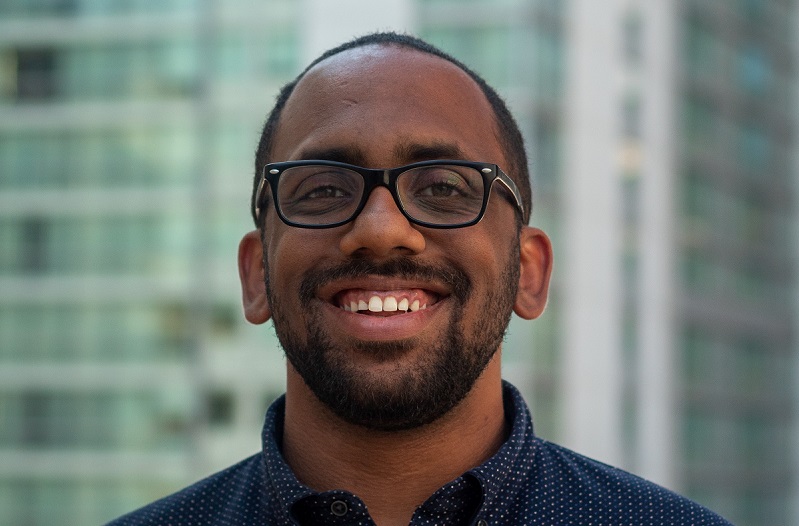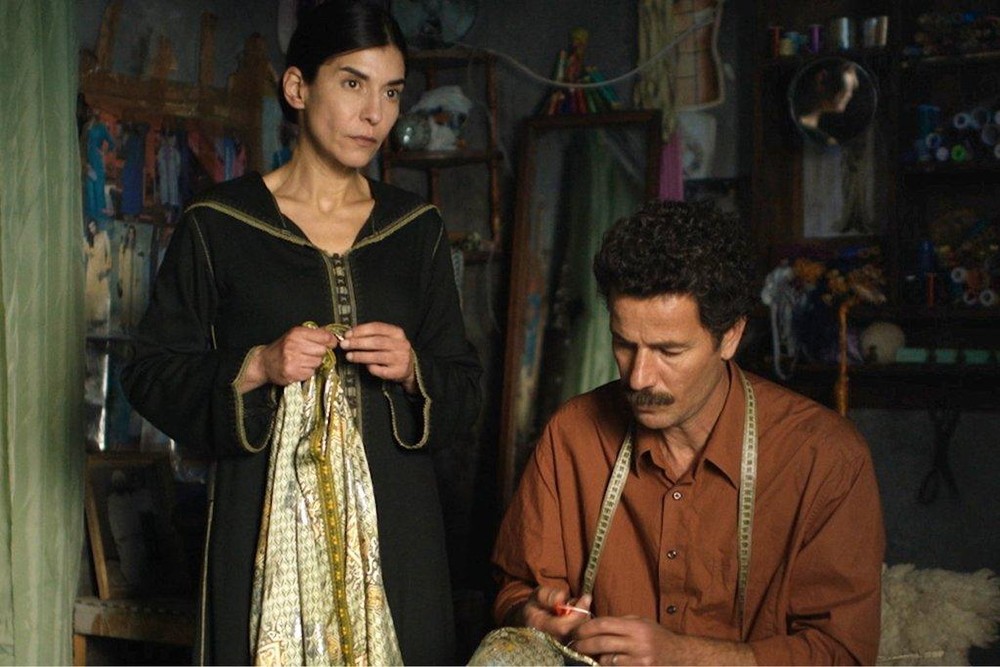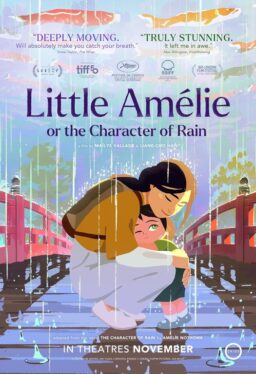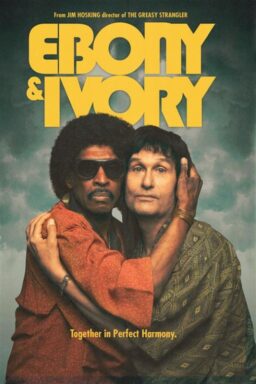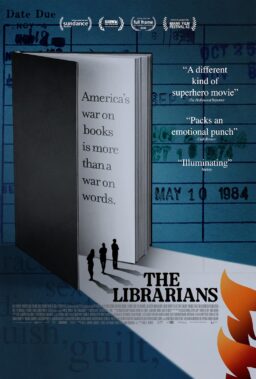I’ve learned in recent years that cinemas are like churches. They can exist in any space as long as there are people who believe. At Karlovy Vary, a cinema exists in a grand hall, it exists in a large ballroom adorned by crystal light fixtures, it exists in a tiny room with simple, metal chairs—where one can order pickled cheese and bread from the concession stand—and it exists in the back of a sunny cafe whose outside displays posters of the newest films opening in Czech Republic, such as local rom-coms and “Minions: The Rise of Gru.”
The believers are so passionate here, they sit on the theater’s steps on the wings hoping to catch a glimpse of the revelations that can so seamlessly reveal themselves on a movie screen. It’s enough to make any agnostic a fiend for film.
Today I entered these flexible cathedrals to take in three movies: Two arrived from Cannes, and another from Berlinale. They speak, to varying degrees of success, to the oft forgotten people and the important tensions that mercilessly tear our worlds apart. They also shock and surprise for different levels of pleasure.
For instance, whenever you think you know where Maryam Touzani’s entrancing drama “The Blue Caftan” is going, she blindsides you with a fierce emotional wallop. The Morrocan-set story of Halim (Saleh Bakri), a maalem (dressmaker), is a nuanced and empathetic tale about sexuality and mortality. He and his stern wife Mina (Lubna Azabal) are operating their caftan business at a loss: Partially because an at-first mysterious illness afflicts Mina, leading to debilitating hospital bills. They’ve recently hired an apprentice, Youssef (Ayoub Missioui) to help ease the burden. But his emergence brings home an unmistakable truth about Halim: He’s gay.
Indeed, Halim often ventures to the baths to cruise for hook-ups. The space offers him some privacy and security away from a traditionalist society that pushes and pulls on him. For a maalem, it’s telling how his jacket is just a tad too big, making him look discomforted in his own clothes. Halim also springs from the past. The world doesn’t care for his craft anymore: They want immediate results—one impatient customer explains how you can barely tell the difference between machine and handmade caftans—or tighter fitting caftans, no matter the material. Halim takes immense pride in his craft, and one caftan in particular, a blue one, for a woman we never meet, demands the full breadth of his skills to complete.
There are so few wasted sounds (the sounds of the seagulls) and shots, especially as the film unwinds, revealing unsuspecting layers to these characters. Mina, for instance, moves from severe taskmaster to a vibrant, playful lover, who finds her greatest buoyancy at her sickest. Youssef also evolves from muse and pupil, someone Hamil can give his creative passion to, into a fully formed person. Each actor discovers several corners of heartbreak, but it’s Touzani’s exacting craftsmanship, and her interest in her actors’ expressive eyes that tunnels toward a wellspring of spontaneous emotion.
How Touzani ultimately utilizes the blue caftan for resonance is nothing short of brilliant, and the delicacy she imbues this story with is nothing short of potent. The stops she makes along the way, fully exploring these characters with grace, is assured. “The Blue Caftan” isn’t afraid to let romance be life-changing.

Cannes’ 2022 Palme d’Or winner, Ruben Östlund’s eat-the-rich (with a sprinkle of their vapidness on the side) satire, “Triangle of Sadness,” is so tightly constructed that it’s a shame it’s so damn hollow.
Split into three chapters by Östlund, the plot initially swims with strong currents: Carl (Harris Dickinson) and Yaya (Charlbi Dean) are models with money problems. A dinner date between the pair turns sour when they bicker over the check; Carl is back to open casting calls; Yaya uses her influencer platform to get free stuff. They’re both broke lifestyle whores papering over their canceled cards with promotional designer clothes.
Through her influencing, in the film’s second chapter, Yaya gets her and Carl a free trip on a wealthy yacht populated by the super rich, such as arms dealers. One in particular, Dmitry (a wickedly funny Zlatko Burić), a fertilizer salesman and self-proclaimed “King of Shit,” is a Russian capitalist through and through. Woody Harrelson plays the ship’s perennially drunk captain, a Marxist rendered miserable by servicing the wealthy.
The first half to “Triangle of Sadness” is a fast-paced, incisive statement against the wealthy that hilariously lampoons the callous capriciousness of the rich. It’s familiar territory for the director that never holds the blunt-force impact of his previous “The Square,” but is effective nonetheless (even if the major gag is a dinner scene, which stretches on for far too long, that devolves into vomiting and diarrhea).
There’s no doubt about Östlund’s visual acumen—the camera movement and cinematography cover you in laughing gas—and yet, you’re never quite sure what more Östlund wants to say other than the rich are bad. Even in the third chapter, when some of them are stranded on a deserted island, he still casts his eye on Carl and Yaya even though they’re not interesting people. Maybe that’s the joke, but it doesn’t come with much of a punchline. The film’s most powerful character is Abigail (Dolly de Leon), a Filipina toilet manager who quickly harnesses power as the only competent survivalist among the group. The final shot in “Triangle of Sadness,” in fact, features Abigail holding a rock high above her head as she chooses between keeping this new society or returning back to servitude. It’s a powerful image delivered by a tremendous performance of de Leon in an all-too dim film.

Oftentimes your most anticipated film, in this case, “Triangle of Sadness,” can turn into your most disappointing. But a movie you don’t expect can knock you to your knees. The latter happened with Japanese director Sho Miyake’s ruminative and aching boxing film “Small, Slow But Steady.”
Miyake uses the pandemic to his narrative advantage to break every rule in the sports movie genre for a true story about a deaf woman boxer, Keiko Ogasawara (Yukino Kishii), who has lost her will to fight. Keiko spends her days in the ratty local gym owned by a veteran trainer, Mr. Sasaki (Tomokazu Miura), whose eyesight and health are failing him. The gym is also facing closure due to the financial pressures of the pandemic. No one, not Keiko’s committed brother Seiji (Himi Sato) or her worried mom (Hiroko Nakajima) can bring back her desire to compete. Instead, it requires a personal search by the intensely quiet Keiko, helped by the silent bond shared between herself and Mr. Sasaki, to pull her forward. Miura and Kishii are wonderful together. Their father-daughter dynamic adds an external heartwarming mood in a movie where the greatest drama often occurs internally.
As unhurried as any film (the title aptly describes its tone), this sports movie doesn’t feature any raucous crowds at ringside cheering on Keiko. There are no big speeches or major wins or a championship at the end. Keiko fights a relatively insignificant match at the end, in fact. But that’s a draw not a deterrent with this transfixing and profound narrative. “Small, Slow, But Steady” is a movie about life, and how sports can teach us how to persevere. The biggest win in the elegantly crafted film—best exemplified in a stirring final shot that’ll make you believe in the promise of the next day—is simply taking the next step toward the next fight, toward the next hill to climb, toward the next trouble that comes your way.
